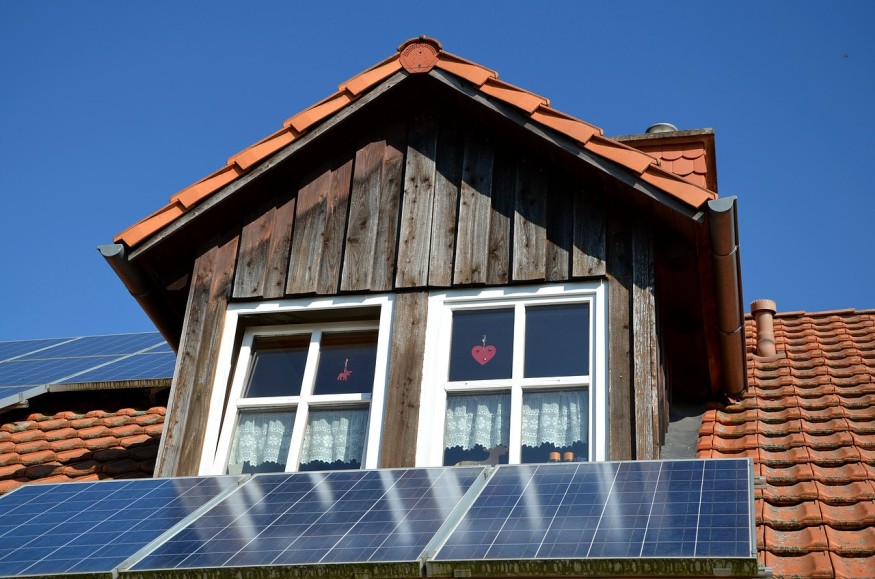
Have you considered installing solar panels on your roof to save on electric bills but with so much information, you haven't taken the time to figure what to do if you decide to install them? Popular Science lays out some things to consider when you go solar:
How to Get Started?
For starters, your energy usage or the average amount of electricity that you consume every month determines how many panels you will need for your home.
Local solar power installers may advise you on the number of grids that you need based on the energy usage and appliances that you use or prefer. Another option is to plug this information into the site Energysage.com: your home, bill, preferences on equipment, quality, and type of financing. Based on the said information, EnergySage will provide quotes from pre-screened companies, EnergySage CEO Vikram Aggarwal explained.
The Installer Dilemma
There are many local installers to choose from. But with the quote in hand, Aggarwal advised not to pick the cheapest quote there is. Have three to five options for a feel on the average cost and pay attention to the price per watt. Arrange for a home visit with the companies you prefer so they can help you provide a more detailed plan for installation. Do not be afraid to get a few home visits before committing.
For good measure, check if the "company is licensed, insured and certified by North American Board of Certified Energy Practitioners", Aggarwal cautioned.
A good installer will walk you through various options for different panels and inverters depending on efficiency, energy usage, area of the roof, financing, among others so you can make an informed decision. The installer's job includes drawing up plans, securing permits, and installation of the equipment. After installation, it may take a few weeks to months for the start-to-finish process. The installer may also recommend an upgrade on an electrical panel if necessary.
Purchase or rent the system?
There are two options on how to pay for the solar energy system: either you own it or rent it from the solar company.
Acquiring the System
Buying everything outright is ideal since it comes with the biggest financial benefits. However, a typical solar power system costs $10,000 above thus getting a loan is also an option. As long the loan's monthly payment is lower than the electric bill, getting a loan while saving on your electricity is a wise option.
According to Aggarwal, loans many be accessed from the banks, in which it may be included in your mortgage, a new credit line, or a loan from the installer. The bank may be cheaper but it requires more paperwork than the installer option, Agarwal explained.
Renting the System
Renting a system is also an option that would make you pay less but is generally financially advantageous. Payments involve lesser money but most savings go to the leasing company as you can only get 20 to30 percent from it. Should you sell your home, the homebuyer has to qualify for the solar lease and agree to take over the contract. Otherwise, you will have to purchase the solar panels. The good side of renting the system us you will not have to worry about maintenance or repairs.
Getting Solar Incentives: Tax Credit and Rebates
There are several solar incentives in the U.S. such as the Sole Renewable Energy Credits (SRECs)
and net metering that allows you to get bill credits from your solar power system. If you live in a state where these incentives apply, you may expect immediate and long term compensation from the electricity that your solar powers generate. To check what is available in your location, it is advised to the Database of State Incentives for Renewables & Efficiency, or DSIRE, Aggarwal suggests.
© 2025 NatureWorldNews.com All rights reserved. Do not reproduce without permission.





